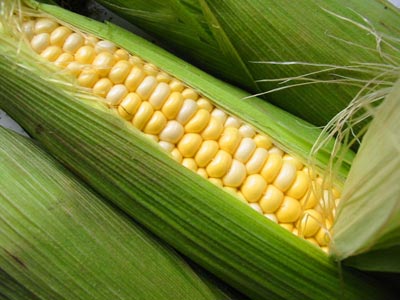Monday, 31 August 2015 18:09
 SINGAPORE/PARIS: Chicago soybean futures fell on Monday with the market on track for a second month of losses, on the prospect of near-record US production adding to all-time high supplies from South America earlier this year.
SINGAPORE/PARIS: Chicago soybean futures fell on Monday with the market on track for a second month of losses, on the prospect of near-record US production adding to all-time high supplies from South America earlier this year.
Wheat and corn were also set to drop for a second month as rising global supplies drag down grain prices.
Wheat has given up more than 20 percent of its value since the beginning of July, while corn has lost 11 percent during the period and soybeans have fallen 15 percent in two months.
“It is the supply story in grain markets,” Phin Ziebell, agribusiness economist with National Australia Bank, said.
“US weather is looking largely favourable, Black Sea supply is good and we have ample soybean supplies coming from Brazil.”
Chicago Board of Trade actively traded November soybeans dipped 0.8 percent to $ 8.78-1/2 a bushel by 1200 GMT, December corn eased 0.1 percent to $ 3.47-3/4 a bushel.
Wheat fell 0.6 percent to $ 4.81 a bushel, its lowest level since June 1.
Soybeans drew some support on Friday from forecasts of dry weather in parts of the US Midwest but the market could not retain those gains with plentiful supplies flooding the market.
“Traders are closely following weather changes in major soybean producing regions, reporting some water deficit. However climatic conditions have so far been very satisfactory overall,” French consultancy Agritel said.
Egypt’s state grain buyer booked 55,000 tonnes of Ukrainian wheat in an international tender at around $ 177 per tonne free-on-board (FOB), one day after buying Russian wheat for roughly $ 180 a tonne FOB.
No US wheat was offered at either tender because prices were seen as uncompetitive.
In other news, Canada was storing 43 percent less canola and about one-third less wheat and oats at mid-summer than a year ago, as brisk exports ate away at supplies, according to a Reuters survey.
Reuters surveyed 13 traders and analysts ahead of Statistics Canada’s Sept. 3 report on crop stocks as of July 31, 2015, which marks the end of the 2014/15 marketing year.
The report gauges how much crop was in the system ahead of the harvest in the world’s No. 6 wheat producer and biggest canola grower.





























